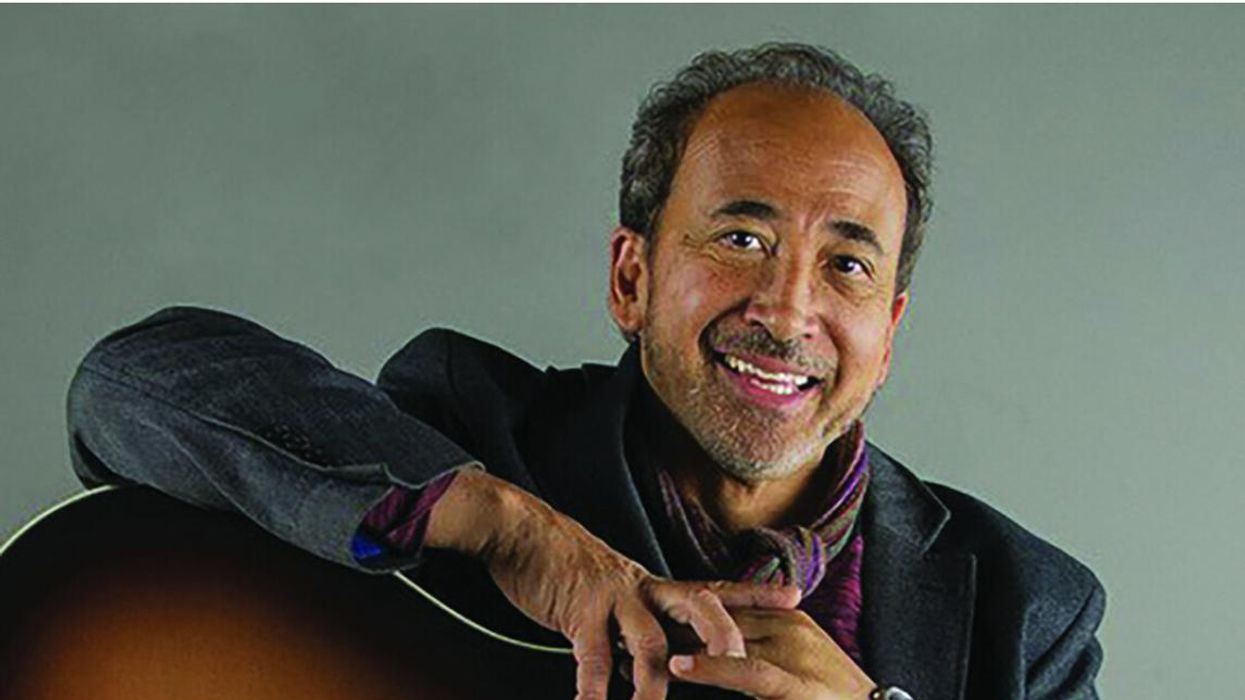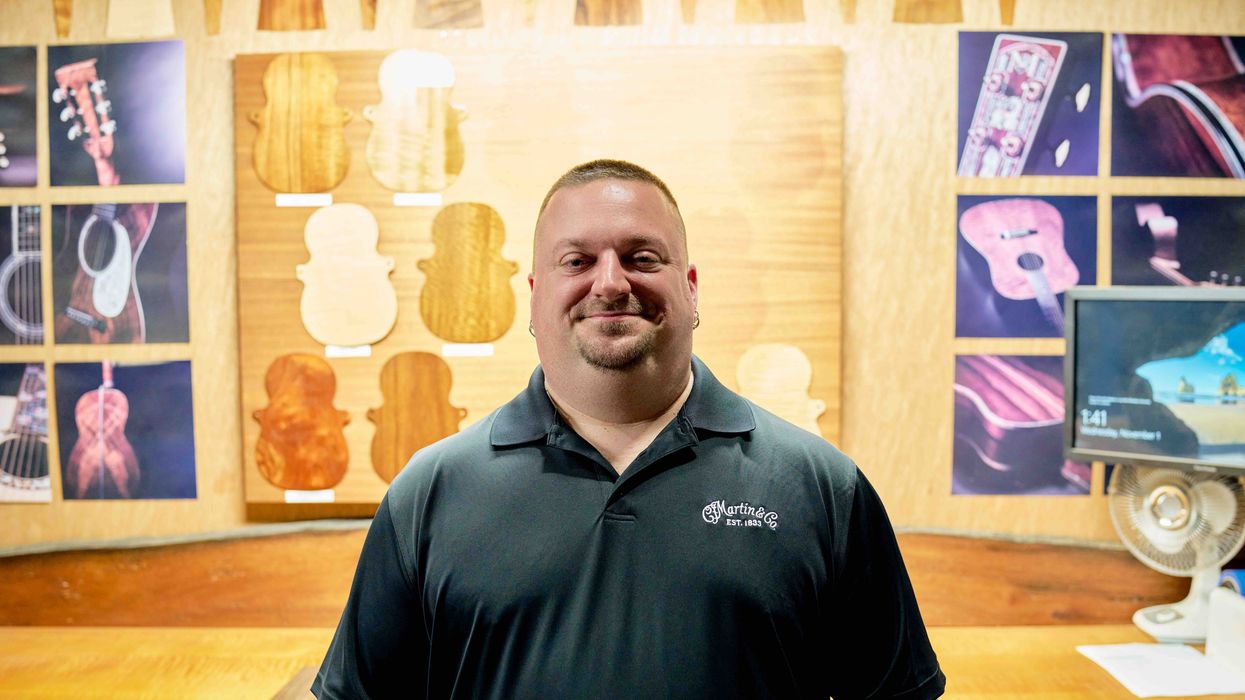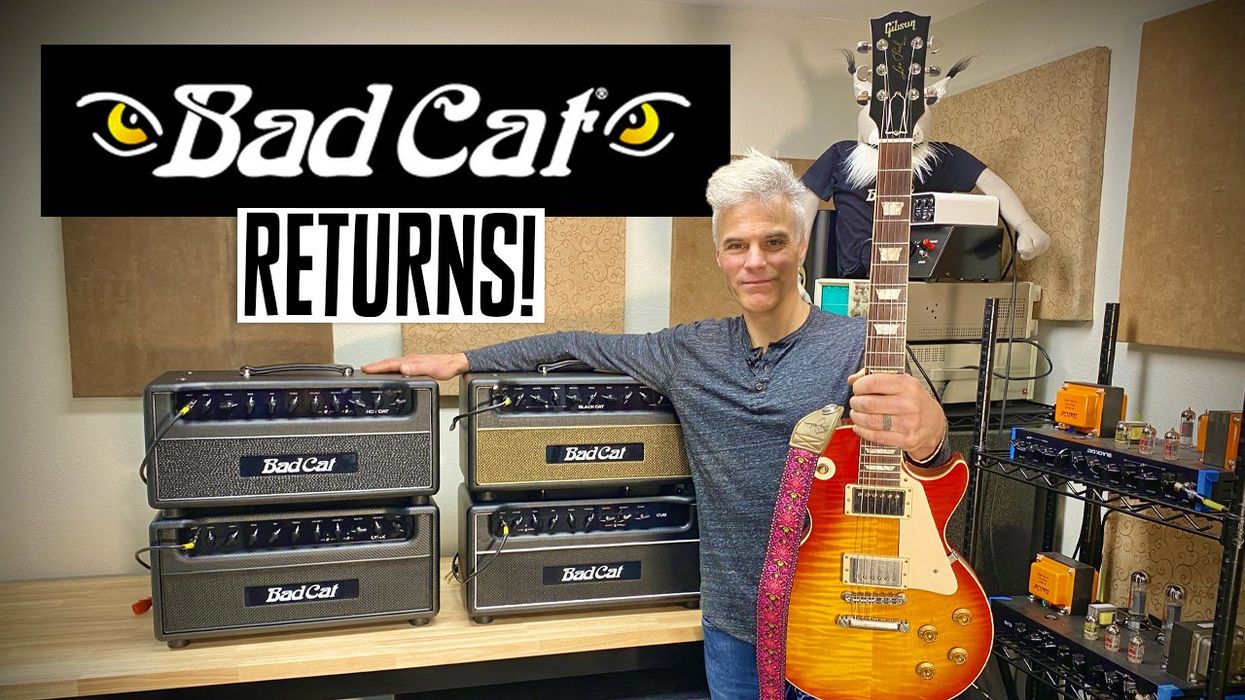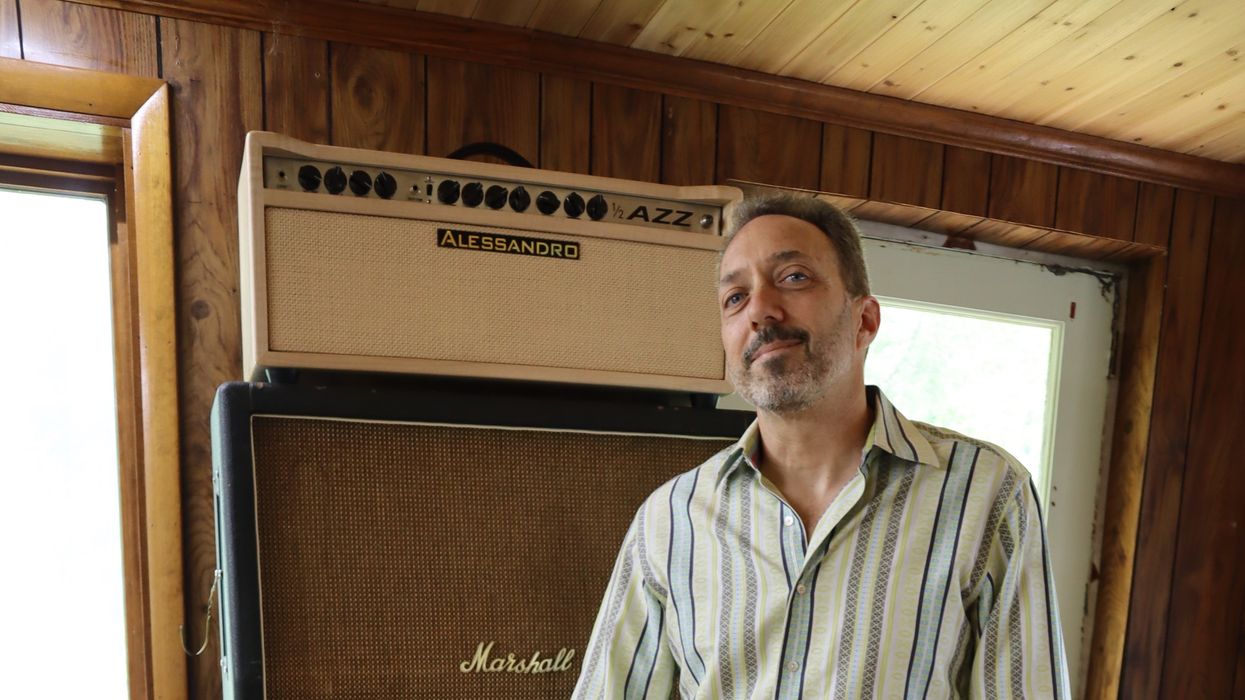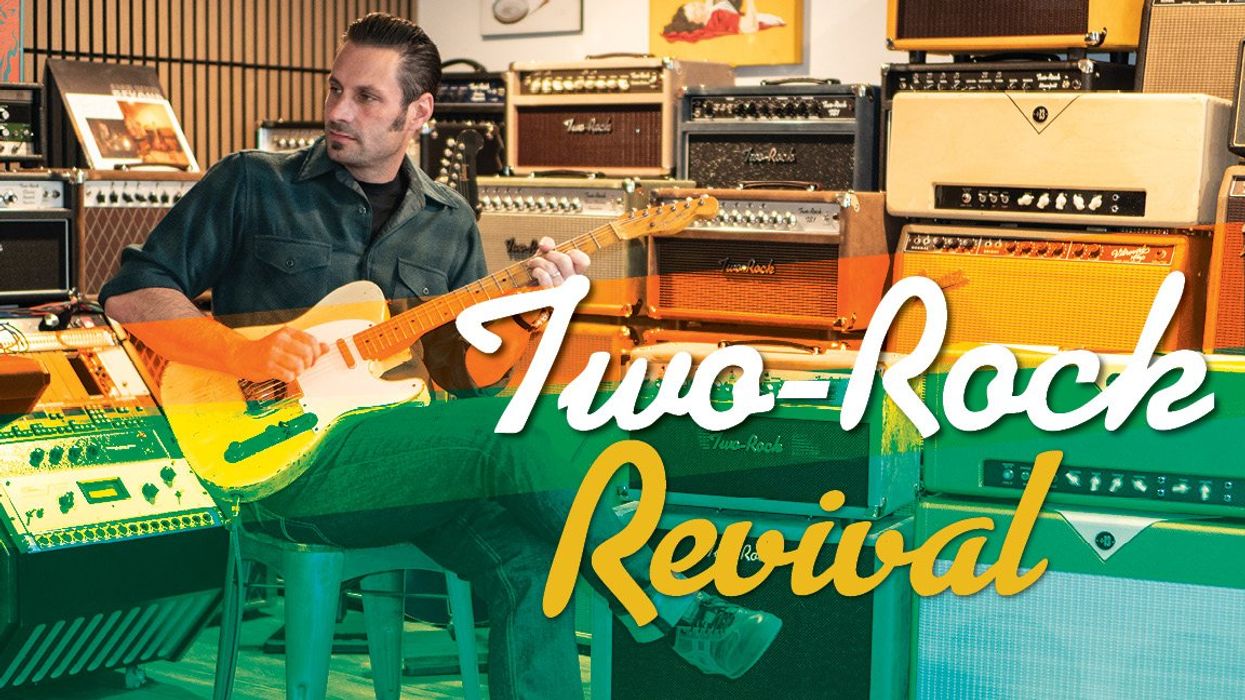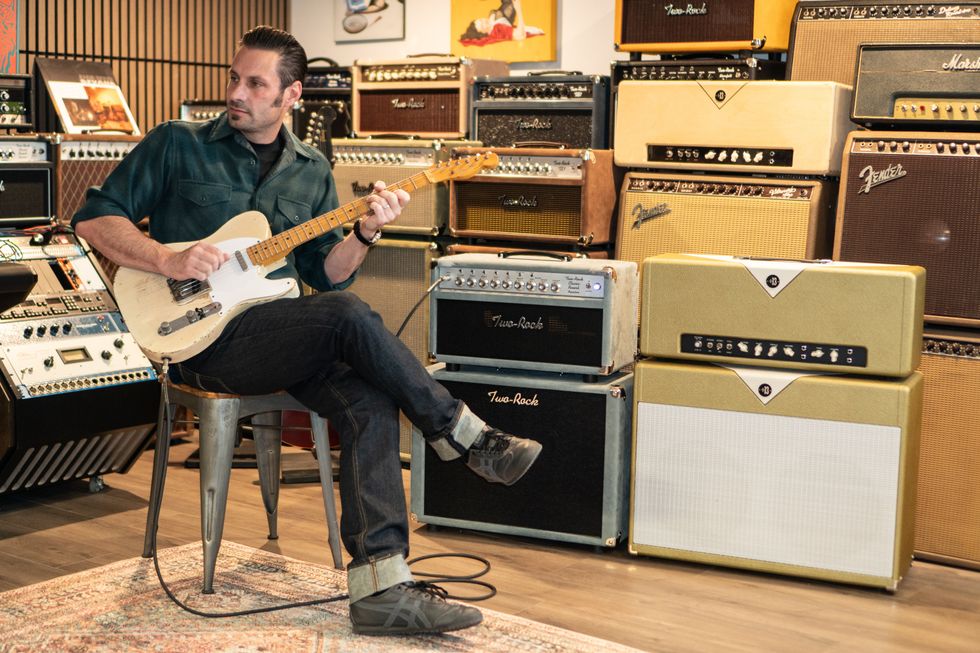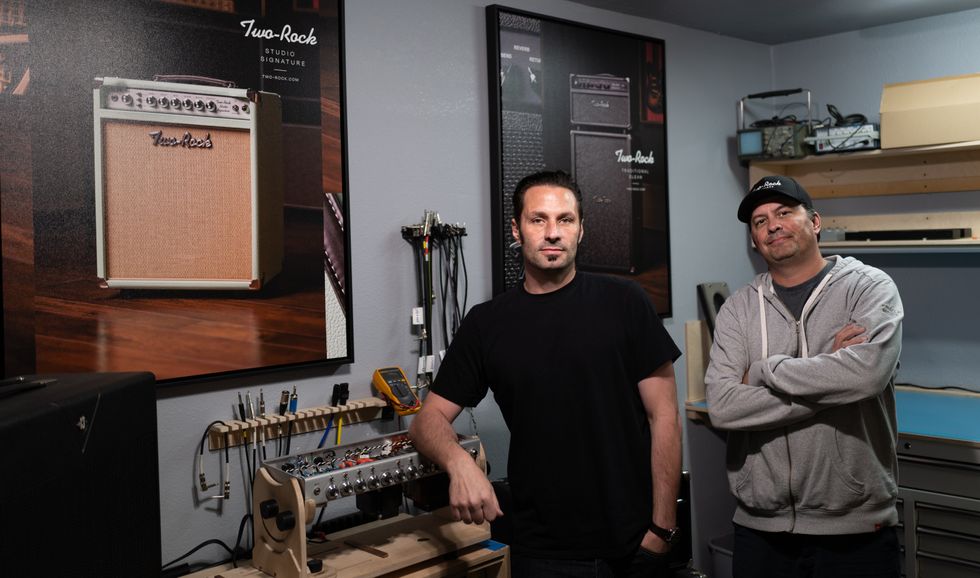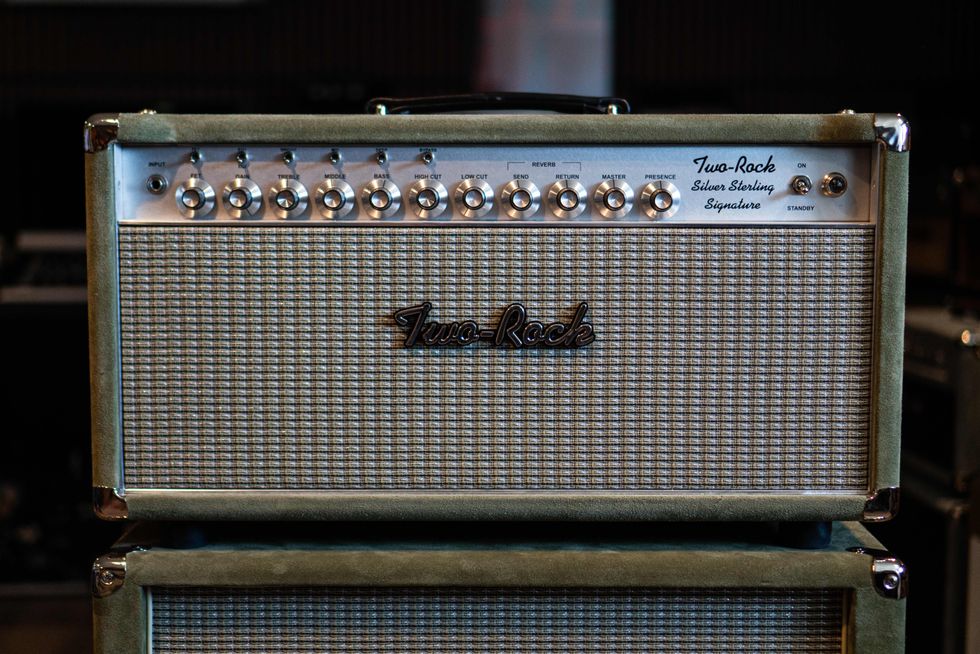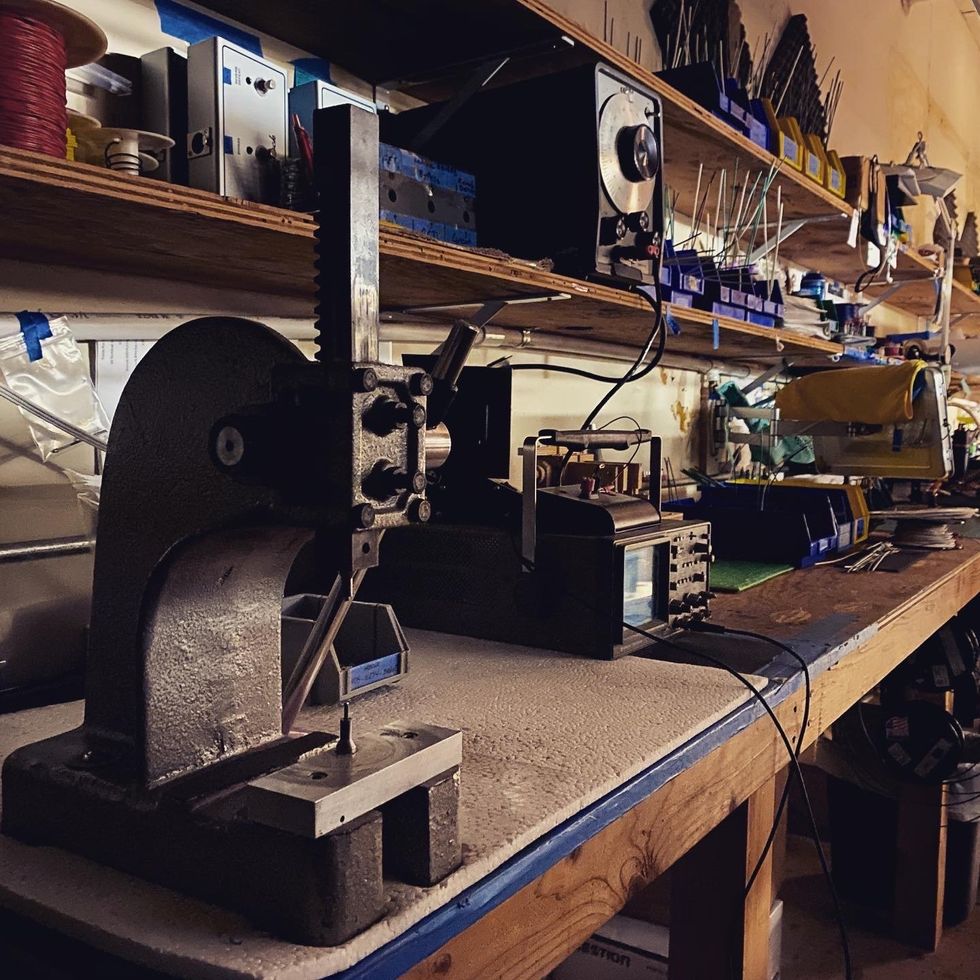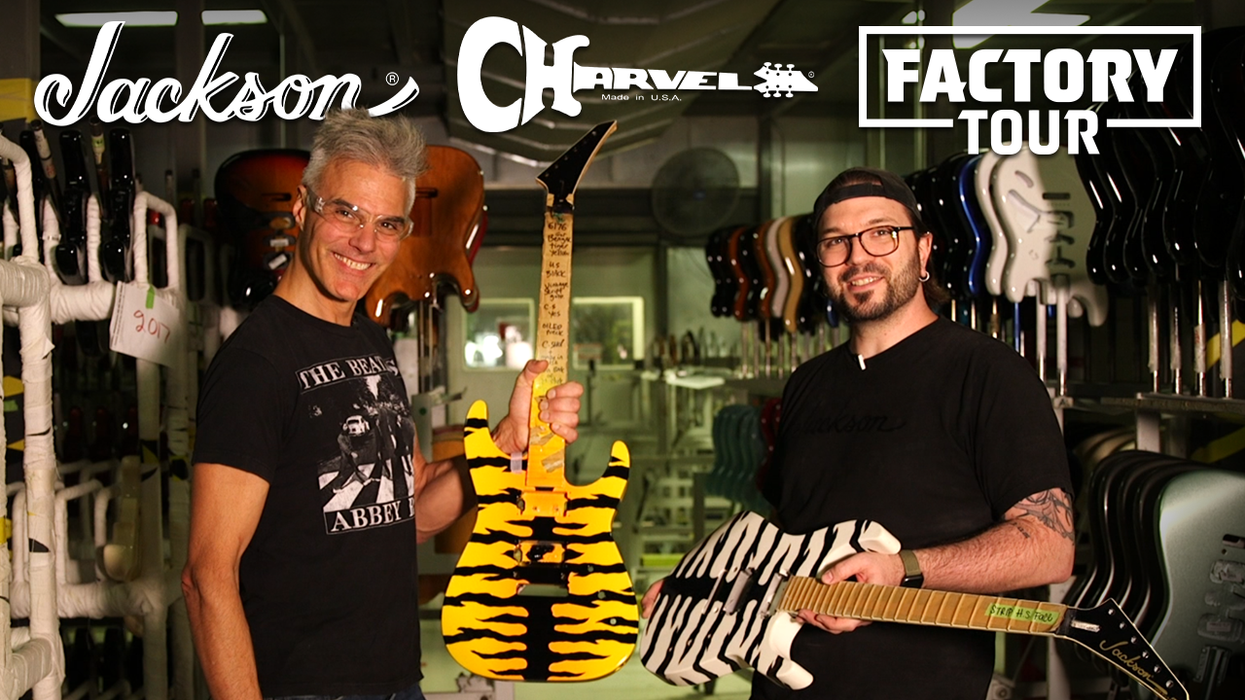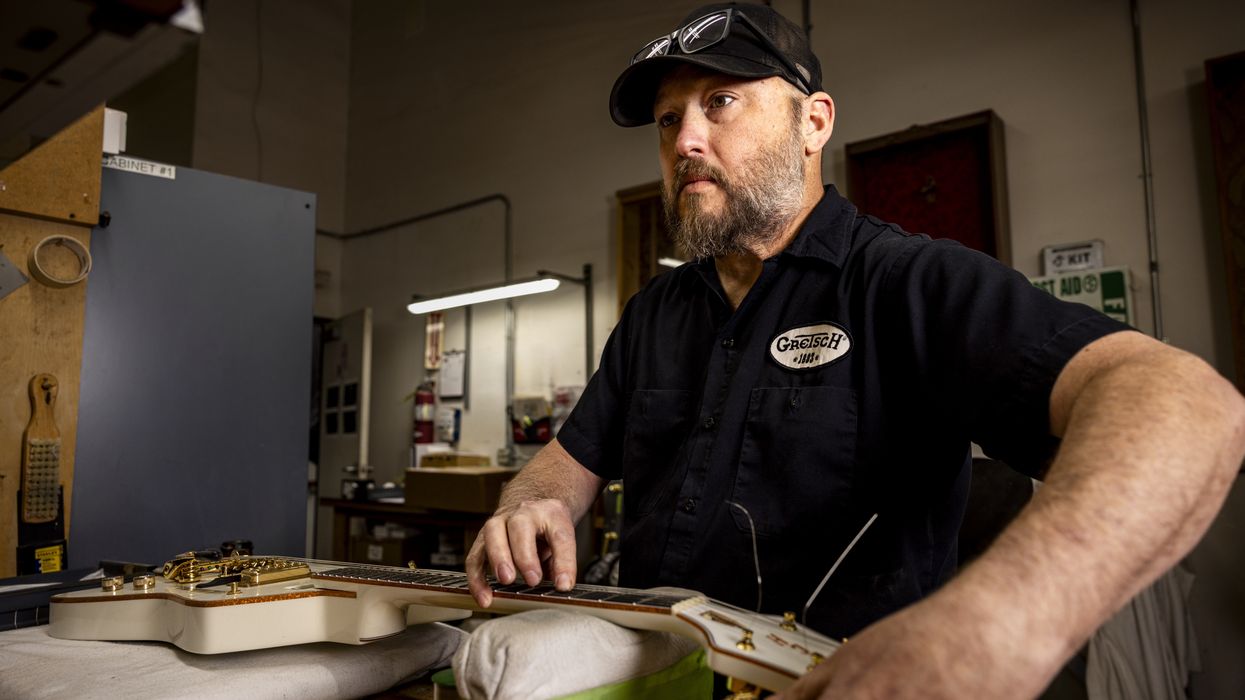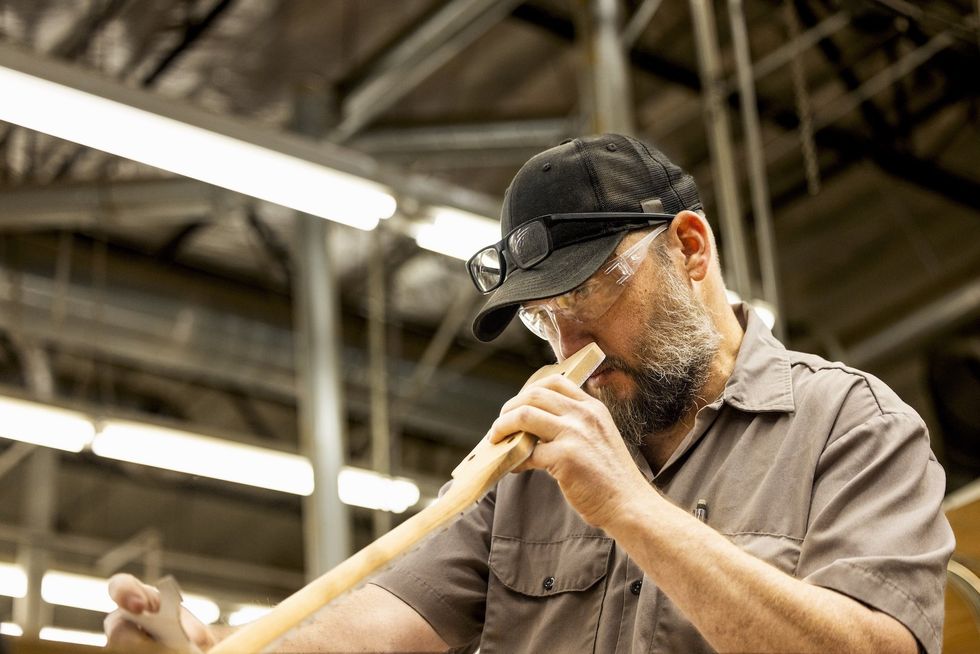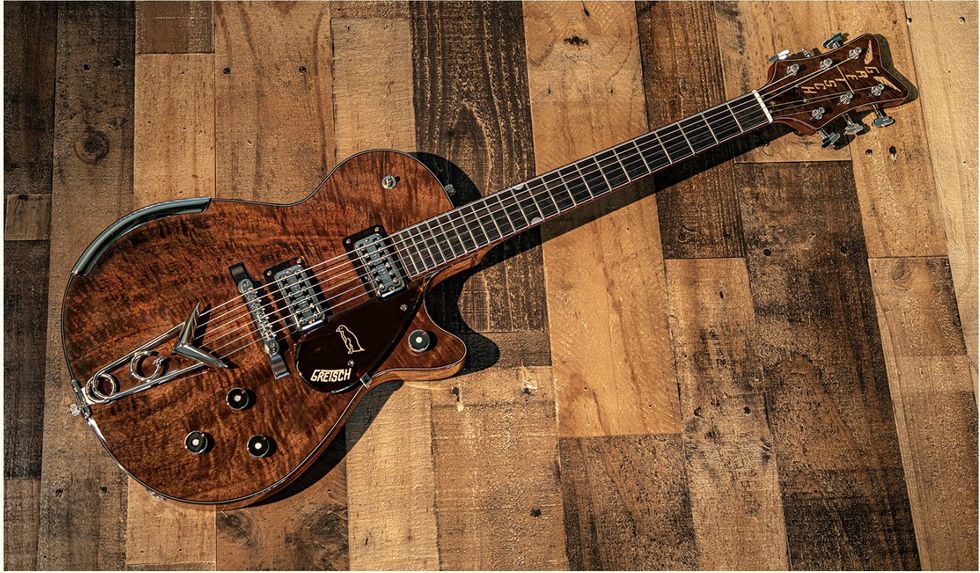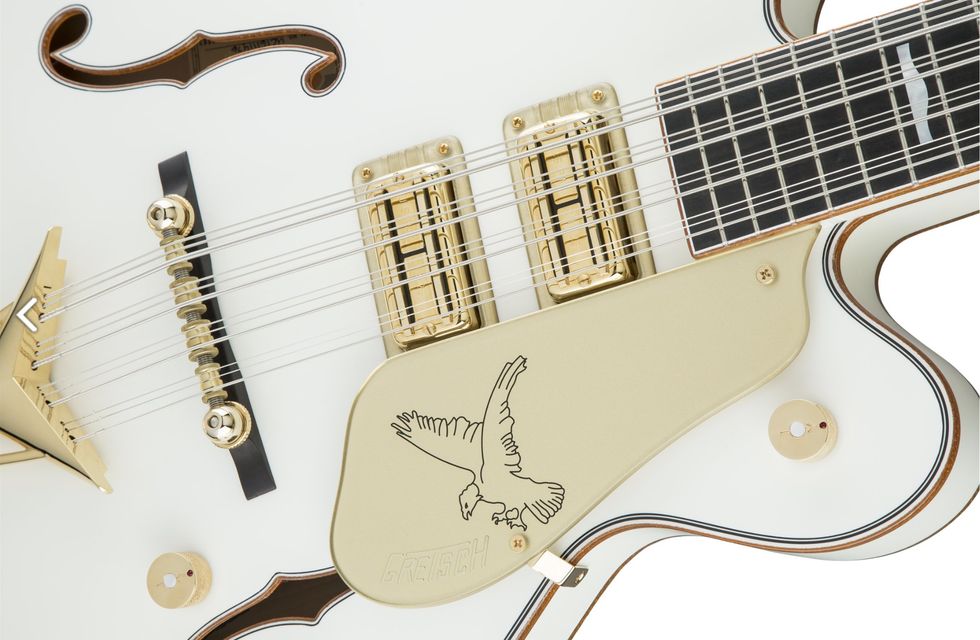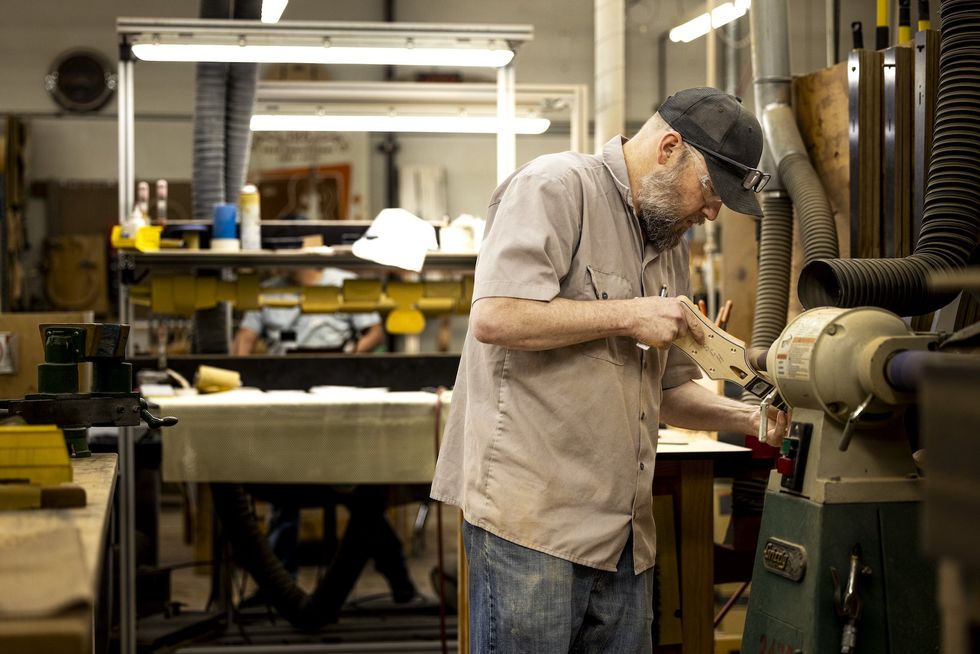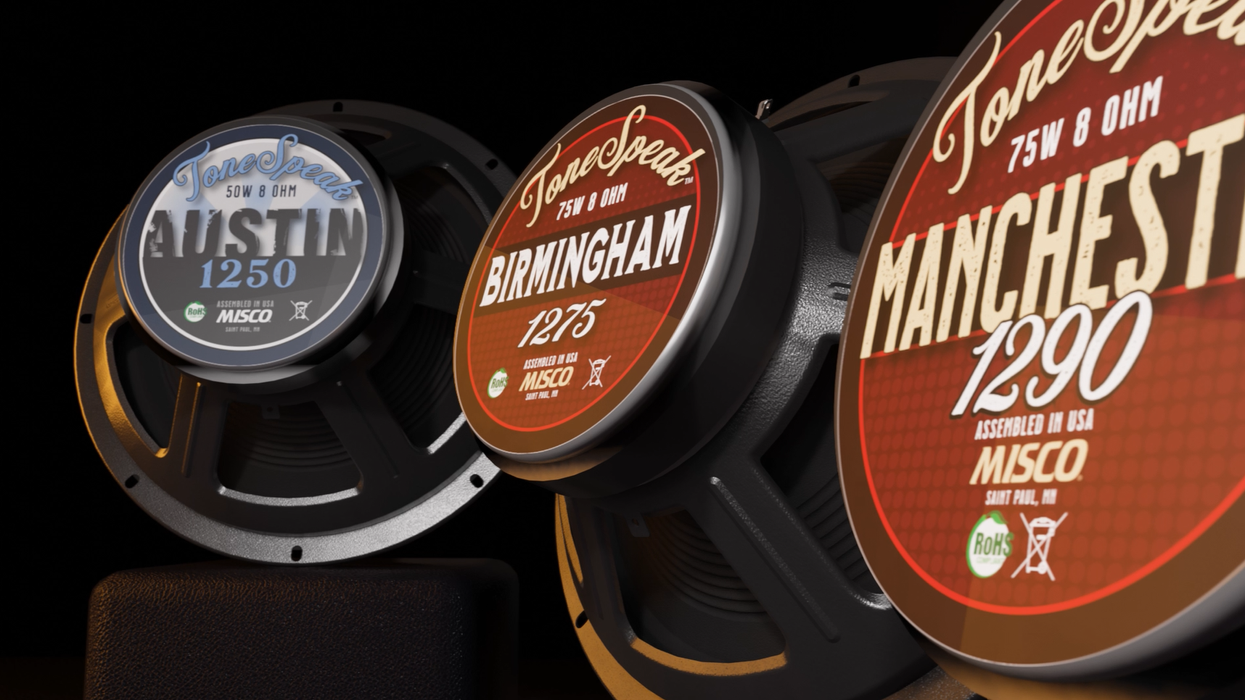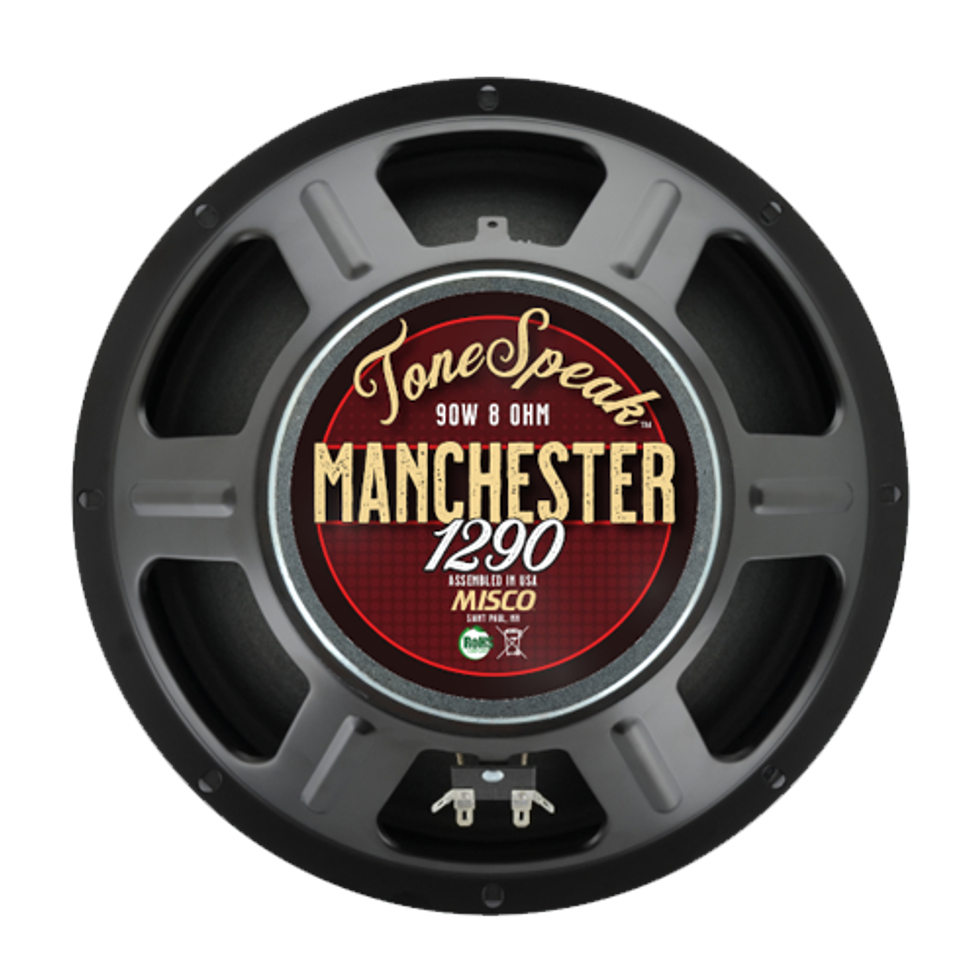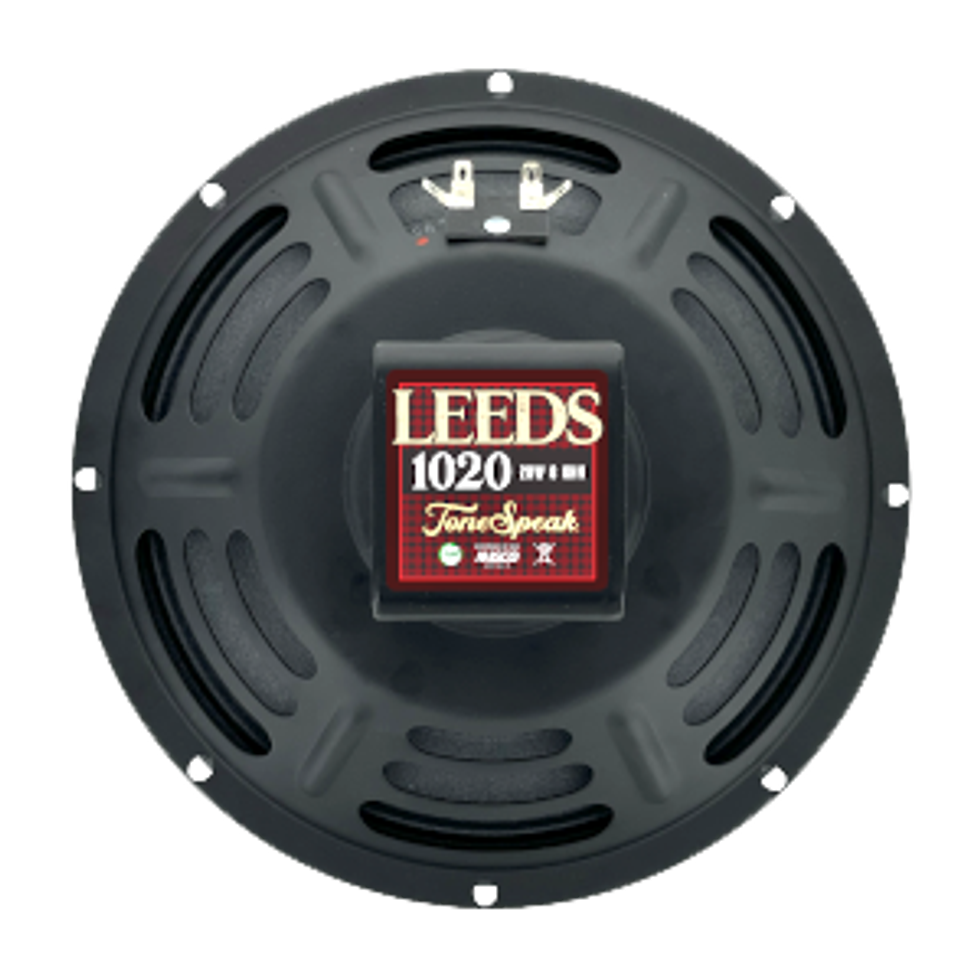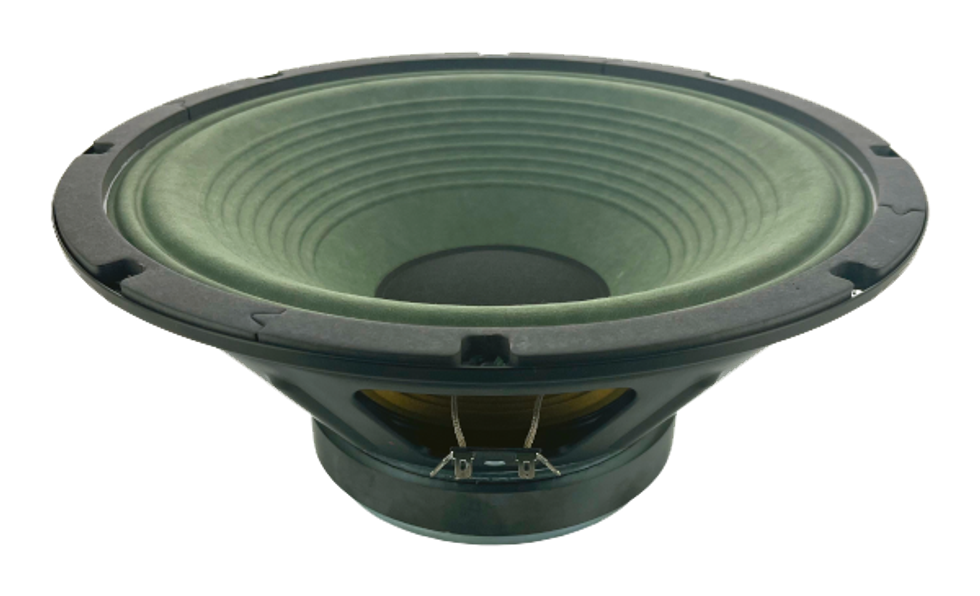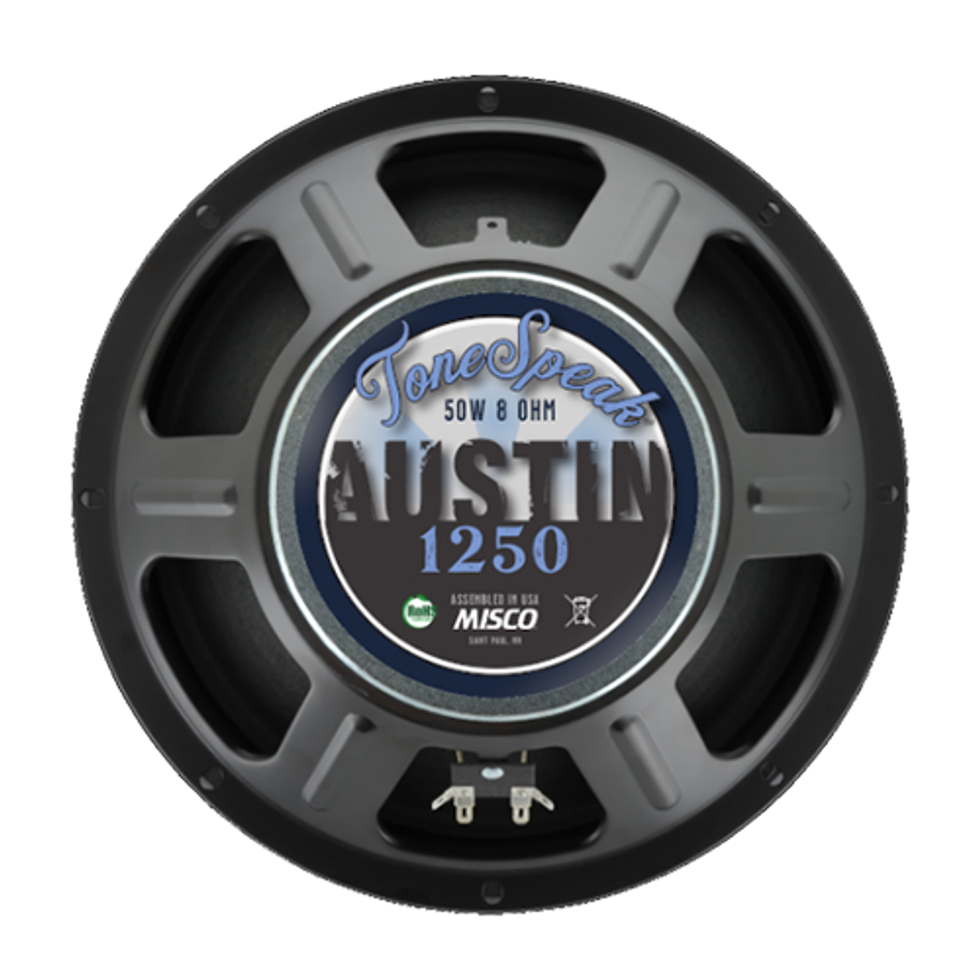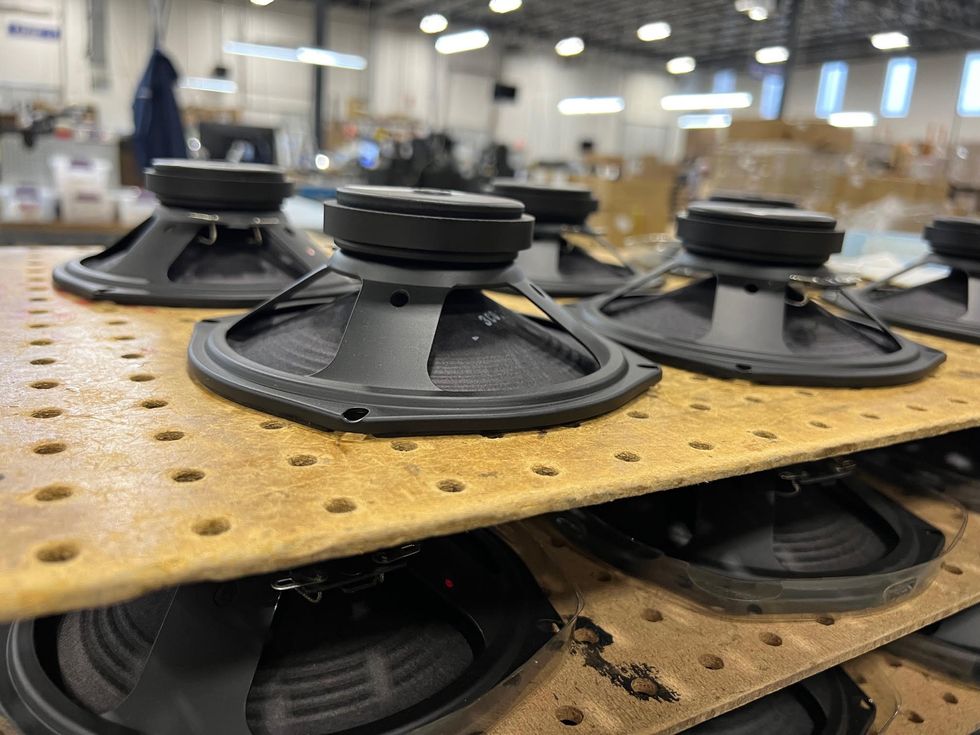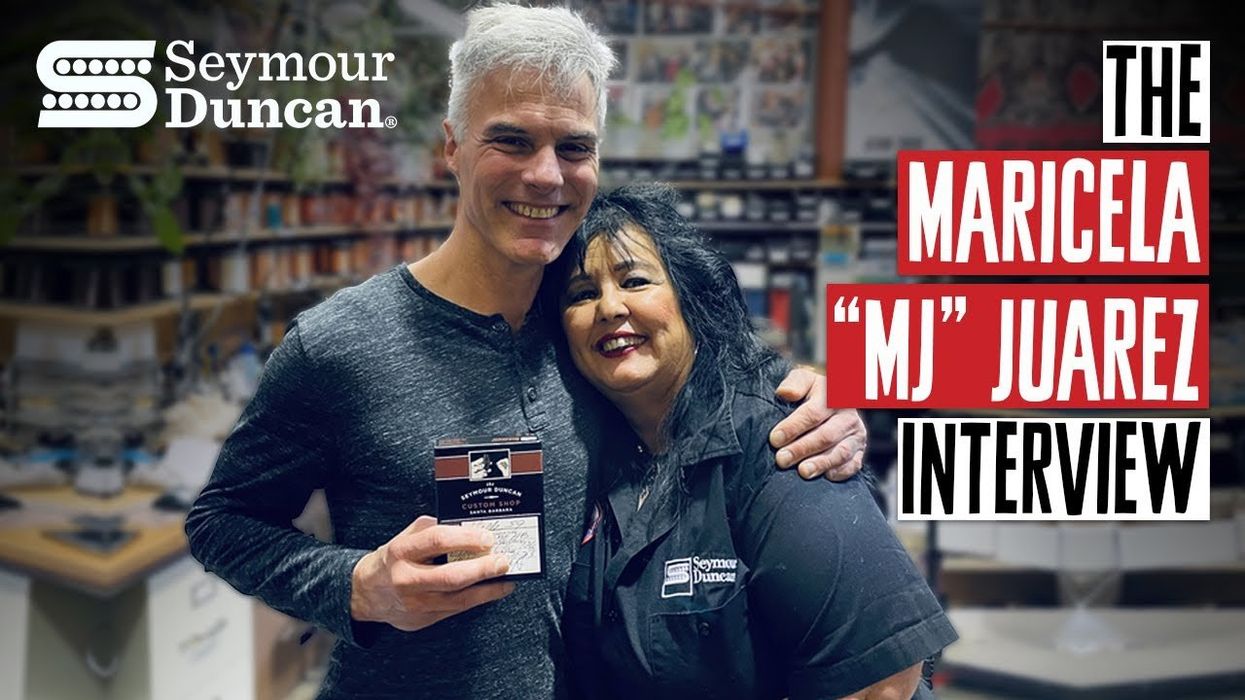Bozeman is known as the Sweet Pea City, a reference to the prolific flower that put this colorful Montana burgh on the map in the early 1900s. But most of us know it as the home of the Gibson Acoustic Craftory, where the brand makes guitars ranging from historic models like the L-00, J-45, Hummingbird, Dove, and J-200 to signature guitars for Jerry Cantrell, Orianthi, and Keb’ Mo’ to the company’s budget-priced Generation Collection, which offers updates on Gibson’s slope-, broad-shouldered, and cutaway models, all with sound ports. Turns out the region’s stable, dry climate is good for building guitars as well as raising blossoms.
When Robi Johns arrived at Gibson’s Bozeman location in 1990, “it was a small cinder block building. It was relatively crowded, dusty, and noisy, but safe, and we had this little office area with one fax machine—the key communication tool back in the day. Now, I’m sitting in an office that’s quiet, clean, and well-lit. We have meeting areas and beautiful showroom and event areas. And the plant is spacious and quiet in most areas, and certainly very clean and very modern.”
How modern and spacious? Gibson unveiled an expansion at the facility in November, more than doubling its size from 21,000 to 48,000 square feet, updating and enlarging the machine shop, the Custom Shop, and overall guitar-building space. It’s a testament to both the durability of Gibson’s long-established models as well as the success of new instruments like the Generation Collection.
“We put the very lightest, thinnest neck on it possible—we couldn’t go any thinner, quite frankly. It’s thin as a Les Paul from the 1960s.”
Johns’ title is senior product development manager, Gibson acoustics, but he’s also one of the Craftory’s key guitar designers and an accomplished player. As a young man, he studied with classical-guitar virtuoso Christopher Parkening and became an adjunct professor in classical guitar at Montana State University, also in Bozeman. In addition to the aforementioned guitarists, he’s designed instruments for Sheryl Crow (a signature Southern Jumbo Supreme), Jackson Brown (a 10-year process that culminated in the Model 1 that bears Brown’s name), Slash, and Eric Church, among many others.
“If I had to summarize the qualities that each player desires,” he says of the artists he’s created instruments for, “number one is tone of the acoustic guitar, because that reflects the sound of the music that artist makes, and inspires them. They are looking for a response from the instrument—response and tone affects how you’re playing and causes a different emotional state. They are also searching for a certain look or design that reflects their persona and helps define how they look on stage. It’s a symbiotic relationship between the artist and model.”
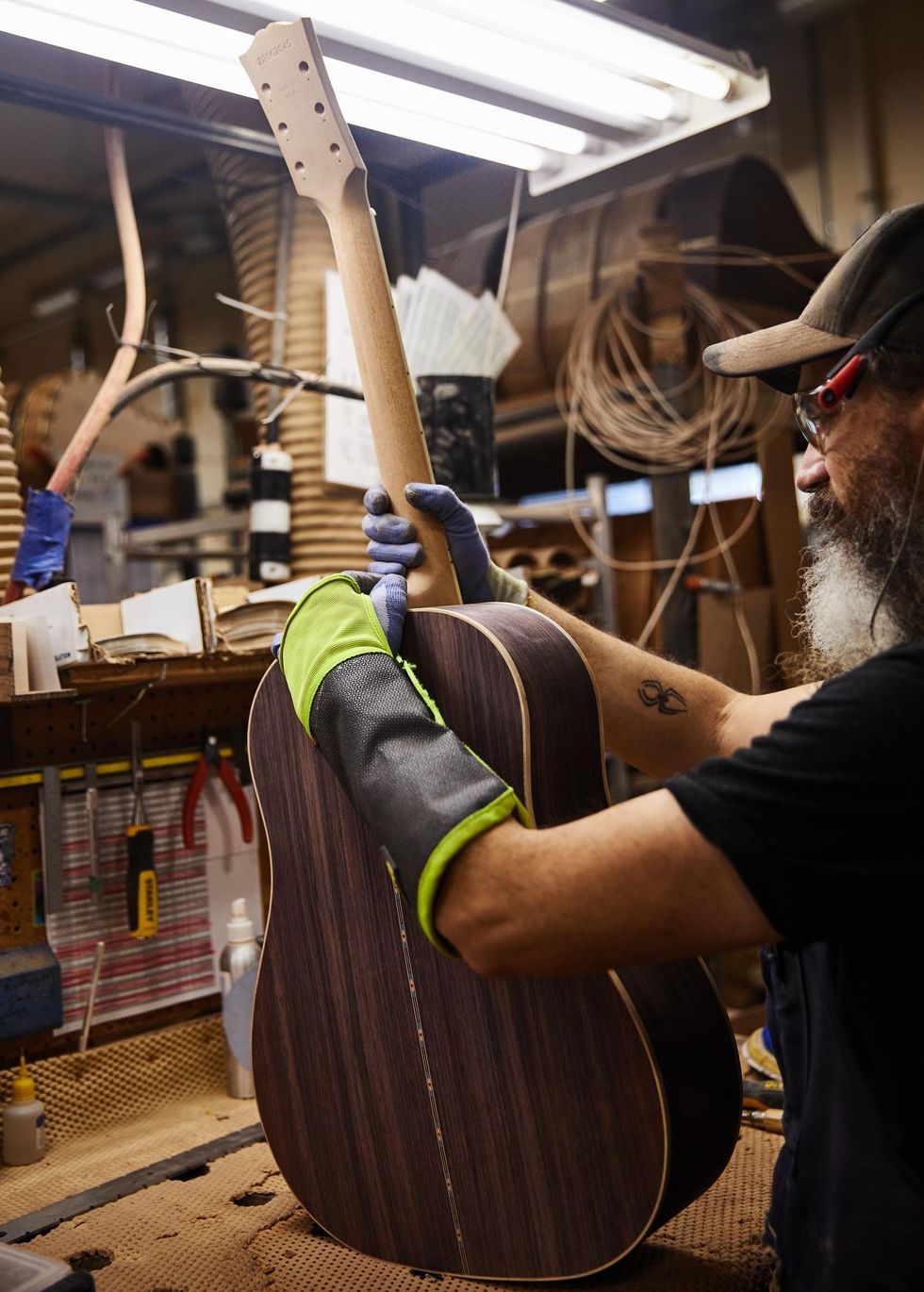
A J-45 Deluxe Rosewood guitar gets its neck set with one of the company’s trademark dovetail neck-to-body joints.
Johns’ latest signature project is a collaboration for Americana/country darling Brandi Carlile, for release this year. “Brandi loves 1940s small-body LG-2s, so about three years ago she came to us and said, ‘Would you build me one of these ... like the one I use normally, but, you know, new?’ So, I had the honor of designing a historic-based LG-2 for her that she fell in love with. Recently, she asked us to do a model for her, so I was able to take the qualities of her LG-2 and put them into a guitar that would be suitable for consumers. In other words, we made it so it wasn’t so expensive to build, like her original, but I was able to include the sound and the feel of what she loved. I had to please the artist and people who love our guitars with the new Brandi Carlile LG-2 Custom.”
Johns was also involved in the creation of the Generation Collection, a new line of five acoustics—the G-Writer, the G-Bird, the G-45, G-200, and G-00—inspired by legacy designs but updated with sound ports and alternative neck woods, like utile (an African hardwood), and slim neck profiles, among other features. The idea was to create a fleet priced between $999 and $1,999 street—more easily affordable instruments targeted at less experienced players. For Johns, the project was both a strategic and a design challenge.
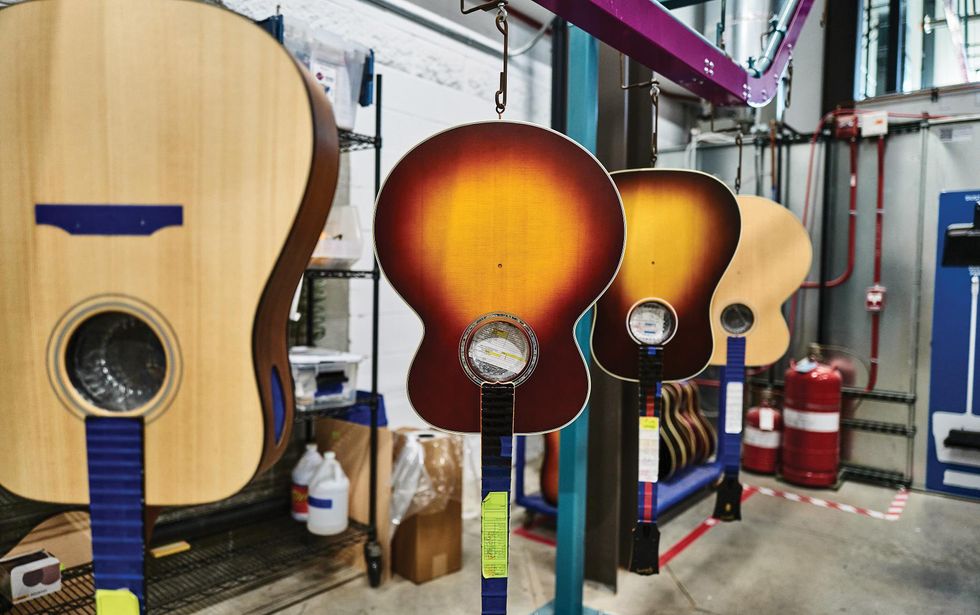
“The acoustic guitar is more introverted, and the electric guitar is more for an extroverted experience.”
“We thought about this for a couple years,” says Johns. “‘What do new guitarists, that aren’t necessarily Gibson fans, want?’ So, we gave them a guitar at a lower price point, relative to our other guitars, that is really easy to play. We put the very lightest, thinnest neck on it possible—we couldn’t go any thinner, quite frankly. It’s thin as a Les Paul from the 1960s. And we flattened out the fretboards so you can bend notes really easily. We also include all of the benefits of how we build guitars: a dovetail neck-to-body joint, a radius top or curved top with curved bracing, and a very light lacquer finish. We took the best of Gibson construction features and put them in this lower-price-point instrument.”
The Generation Collection are also the first Gibsons to feature a sound port, which the company calls a “Player Port,” following boutique builders and Taylor, Breedlove, and other well-respected acoustic guitar makers into this terrain.
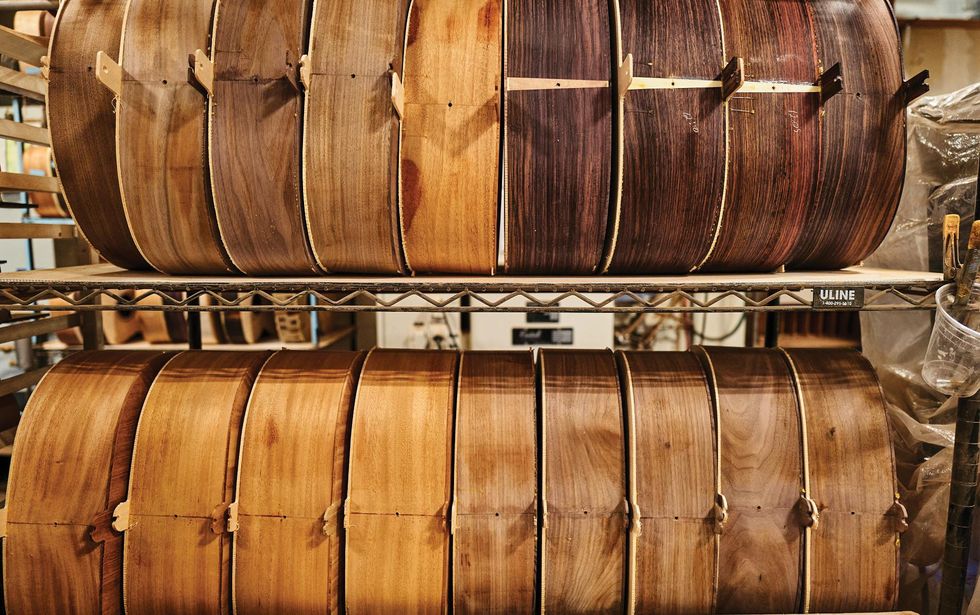
“Response and tone affects how you’re playing and causes a different emotional state.”

Here’s an upper-deck view of the finishing area in Gibson’s Acoustic Craftory.
Besides its lovely climbing flowers and the Gibson Craftory, Bozeman is also known as a railroad town. A modest freight yard is nestled in its center, and there’s even an old beanery where railroad workers for the Northern Pacific grabbed a bite during that line’s heyday. Johns also comes from a place famous for the rails—Altoona, Pennsylvania. “It’s a very blue-collar coal mining and railroad town, so that kind of forced me into loving the expressive arts, in contrast. I became a lover of painting and music, so that led me into going to music school. I got a couple of degrees in guitar performance, and later became a recording artist, and I had interest in many diverse musical styles. I practiced, practiced, practiced the guitar, every day, to the Nth degree. So, I’ve spent all my life on a guitar.”
Johns was teaching and running a music store in Bozeman when he was invited to Gibson. “The president of this division called me up and said, ‘We need an artist here. We have everything but a real musician.’ So, I became the sales and marketing director for acoustic guitars in 1990 and have been here ever since. I had a lot to learn. Gibson was such a big brand, and initially, I was going all over the world promoting the guitars and helping with the marketing and sales of them. And then, I started working here with the best luthiers in the music industry, so that’s how it morphed into my work with designing guitars.”
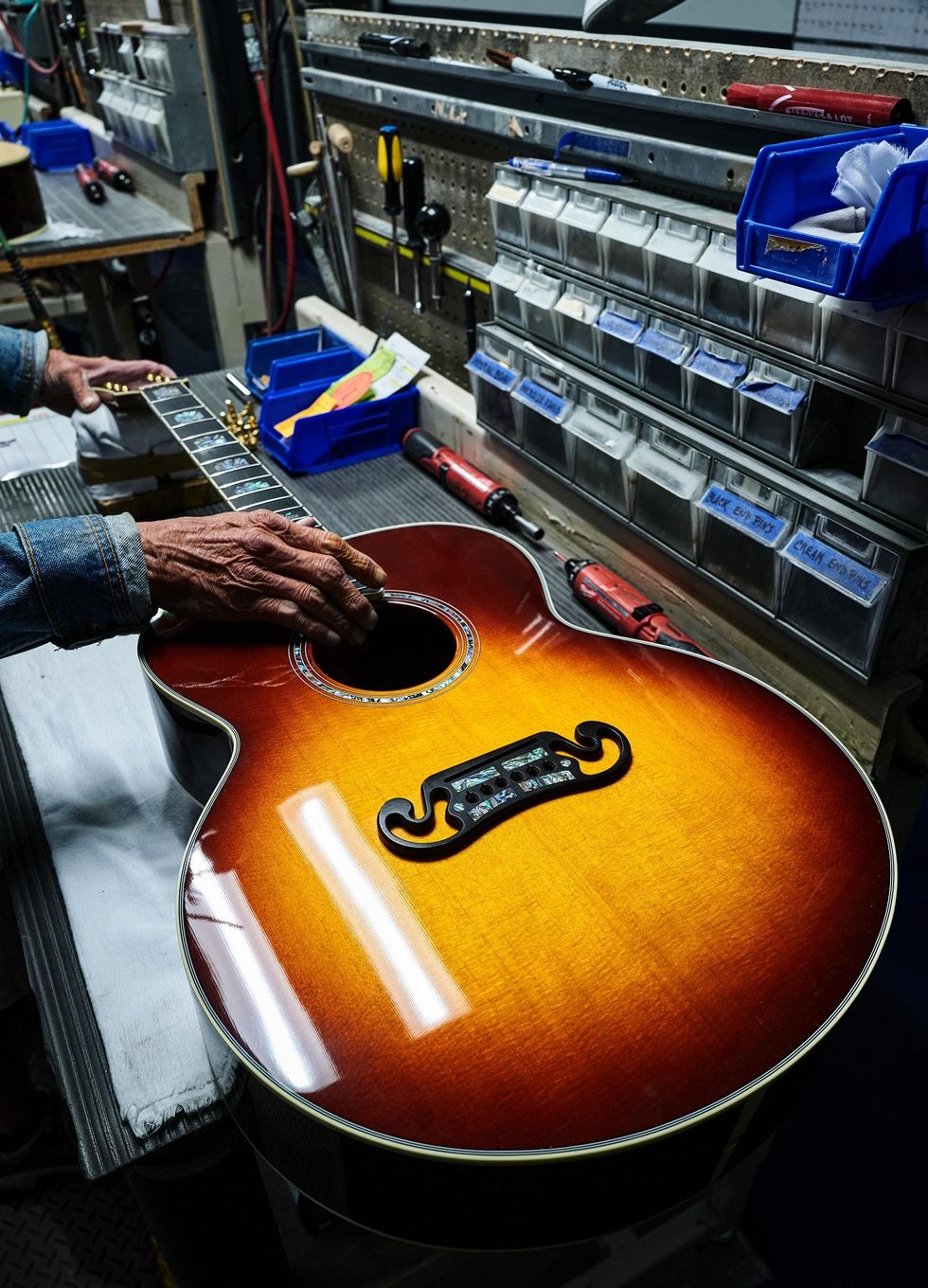
An SJ-200 reaches the final stage of its building process—a meticulous setup.
Johns’ creative patch was interrupted, gravely, in 2012, when he suffered a hemorrhagic stroke. “I was told I was not going to live, I was not going to walk again, I was not going to use my arm again,” he recounts. “That is not what I decided was my fate. I had this strong wish to continue to use all that I’ve learned in my life’s experience—to contribute to what I love in music and arts and particularly the guitar. That kept me going and drove me to take on all these therapies. I still do therapy every day, because I want that quality of life back, and I’m enjoying doing what I’m doing with Gibson. It’s stopped me from being a player for a period of time, but it did not stop me from being a dreamer, or that I get to dream these guitars up with the artists and the great builders here.” Johns is working to reclaim his former playing prowess with the help of his current favorite guitars: a Gibson ES-175, which he praises for its acoustic-like tone—“I was a fan of Steve Howe in the ’70s”—and an acoustic Gibson Songwriter, along with a nylon-string instrument custom-built in Madrid.
If fate hadn’t lured Johns into the guitar life, he thinks that perhaps he might have chased his creative pursuits into film. “Sometimes I feel like a movie director,” he says. “I work with an artist and he or she creates a plot, and I get to direct the movie—analogous to designing the guitar, the most joyous part of my work. This is not just patronizing my own company, but I love Gibson. I get to work with the most absolutely brilliant people, highly skilled and inspiring, which nurtures me as a human being. I’m not playing guitar and being a performer anymore, but, metaphorically, I’m still reaching people all over the world—not with my music, but with the guitars that we build. And that fulfills me. That really is true.”
